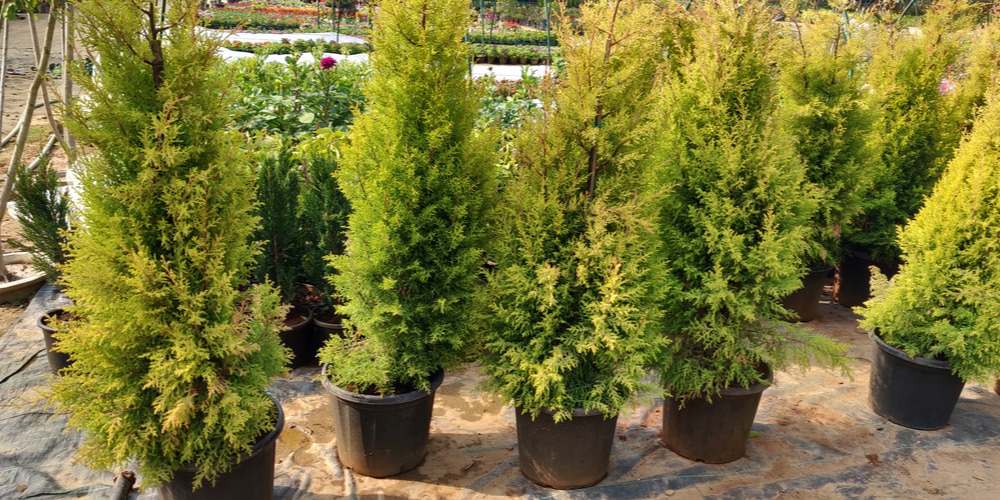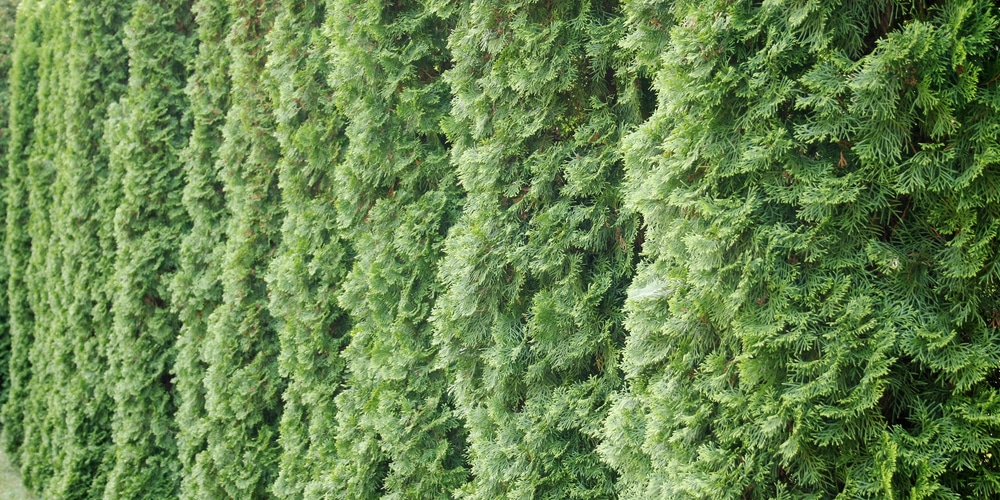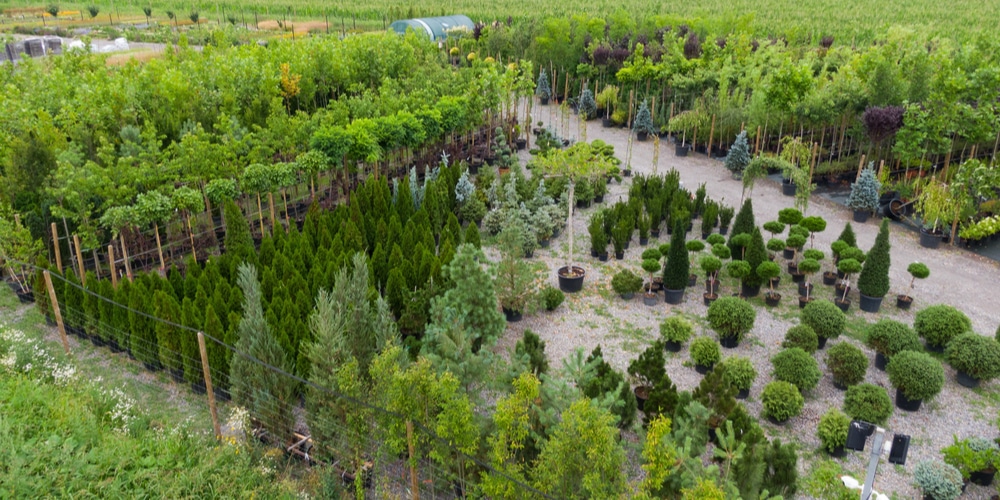Arborvitae are versatile ornamental plants that grow in many zones due to their resilience and hardiness. Their pyramid shape is highly attractive and iconic, thus creating an incredibly scenic screen that is sure to capture anyone’s attention.
It should be no surprise that many people plant arborvitae for home decoration, living hedges, or to act as windbreakers.

That said, before settling on which among the five arborvitae species you wish to plant, timing is an essential consideration. With proper timing, your arborvitae trees will grow healthy and serve your environment as best as you expected.
To correctly plant these evergreen, magnificent trees, you should figure out the purpose you want the trees to serve in your compound and strictly adhere to the stated guidelines for specific species. This post covers when and how to plant arborvitae in a home garden.
When to plant arborvitae
The best time to plant arborvitae is in early spring, when the soil is warm, easy to work on with hand tools, and free from the dangers of frost. To add on, planting arborvitae in spring is a wonderful idea because the roots and new shoots will have plenty of time to establish before winter comes.
Though rare, some gardeners prefer to plant in fall because they presume that if they plant in spring, the scorching hot summer sun may greatly affect the still-developing roots, and the plant dries out.
Gardeners in the southern regions can freely plant arborvitae in fall, especially if they cannot consistently water the plants when young. For gardeners in the far northern regions, it is not advisable to plant in fall; though some may grow, the majority will be affected by the extreme winter coldness.
Generally, even though planting in fall seems to be a good idea in some parts, the roots will not develop as they would if the trees were planted in spring.
How to plant arborvitae
After knowing when to plant, knowing how to plant is also a good idea. Arborvitae comes with a root ball in a burlap or plastic sack. If you get one in a burlap sack, it is wise to remove any burlap and wires present before planting.
Turn the pot on one side for a plastic pot and gently remove the container. You can make slight cuts on the container to easily remove the pot without interfering with the position of the roots. After getting the tree seedling from its pack, follow these few steps to plant.
1. Pick a plating site
Choose a planting site such that, during winter, the trees can block the cold winds while allowing adequate sunlight to reach you, and in summer, the tree should block hot sun rays and give you a comfortable shade where you can sit and enjoy the warm summer breeze.
2. Get mulching material nearby
After planting arborvitae, you will need to do mulching. Having adequate dirt and other mulching materials like dry grass nearby is prudent as it helps retain moisture.
3. Make a hole of the same height and double-wide the container
Dig a hole of the same size as the container holding the seedling and try to make the base uniform and relatively smooth. Remember, there should be maximum contact between the roots and the ground, leaving no space for air to get trapped under the roots. To soften the bottom, you can dig deeper, add a little soft soil, and level the bottom.
The width of the dug hole should be twice that of the container to allow adequate space for the roots to spread.
4. Plant the tree
Put the arborvitae in the dug hole, fill the soil about halfway, and add adequate water. The remaining half should be filled with dirt and watered to allow it to settle within the hole and enhance the compactness of the root.
You may also like to add fertiliser after planting.
5. Anchor the arborvitae on the North and South sides
Take measurements of the distance between the tree and the edge of the hole and double that distance before erecting stakes to help you support the tree.
Make sure the anchors do not interfere with the growth and spread of the growing tree branches.
When To Plant Arborvitae: Conclusion
Timing is an essential consideration for growing hardy plants, including arborvitae. Once you master the right time to plant and how to plant, the rest will be simple.
This article has covered the right time to plant and how to plant to help effectively grow arborvitae. Hopefully, you will find it useful.
Related Article: How to Save Brown Arborvitae Trees in Summer

